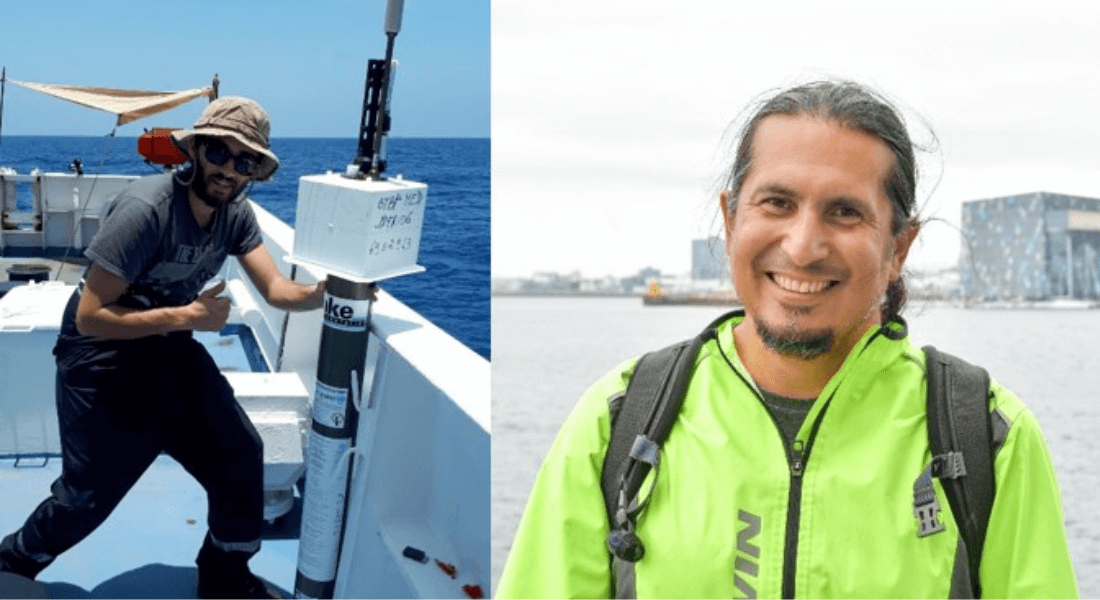Unlocking Oceanic Mysteries
ROCS oceanographers dive into the significance of the bottom boundary current south of Iceland!

Unlocking the complexities of deep-sea currents south of Iceland.
A groundbreaking study published in Geophysical Research Letters (GRL) titled "Structure of the Bottom Boundary Current South of Iceland and Spreading of Deep Waters by Submesoscale Processes'' brings to light significant findings on the structure and pathways of a bottom boundary current flowing south of Iceland contributing to the southward return flow of the North Atlantic Deep Water (NADW), which is an important component of the Atlantic Meridional Overturning Circulation (AMOC), a crucial component of the global climate system.
The research is authored by Charly de Marez, a postdoctoral researcher with Queen Margrethe's and Vigdís Finnbogadóttir's Research Centre on Ocean, Climate and Society (ROCS) at the University of Iceland with Angel Ruiz-Angulo, Associate Professor and ROCS collaborator at the University of Iceland, and Matthieu le Corre, engineer at the French Naval Hydrographic and Oceanographic Service (SHOM), and sheds light on the complex pathways and effects of these deep-sea currents.
Groundbreaking findings detail current structures.
The paper presents groundbreaking findings that have major implications for understanding heat, nutrients, and carbon transport at depth in this region. For the first time, the authors detail the structure of a steady bottom current carrying dense water masses, travelling along the Iceland-Faroe ridge and the southern part of the Icelandic continental shelf. The paper reveals how the current subsequently divides into smaller structures upon reaching the southernmost tip of Iceland, spreading this dense water into the Iceland Basin while, on its way, significantly mixing the bottom layer of the ocean. This process is possibly responsible for the distribution of benthic species along the Icelandic shelf.
A contribution to an under-researched area.
The pathways of water masses created in the Arctic Ocean and overflow into the North Atlantic have been severely under-researched. These currents travel at the bottom of the ocean, forming the so-called upper cell of the Atlantic Meridional Overturning Circulation (AMOC), which critically affects climate and biological diversity. This paper, authored by de Marez, Ruiz-Angulo, and le Corre, advances our understanding of the Atlantic's deep-water currents and highlights the necessity for sustained and expanded oceanographic observations in critical regions like the south of Iceland. Given Iceland's proximity to crucial components of the Atlantic Meridional Overturning Circulation (AMOC) and the global consequences of any substantial changes, ongoing observations are imperative.
Widely available through open-access.
The paper is made available in open access by the authors, ensuring that scientists, policymakers, and the general public can freely access and benefit from this important work. For further details on the study's methodology, findings, and implications, access the full paper.
